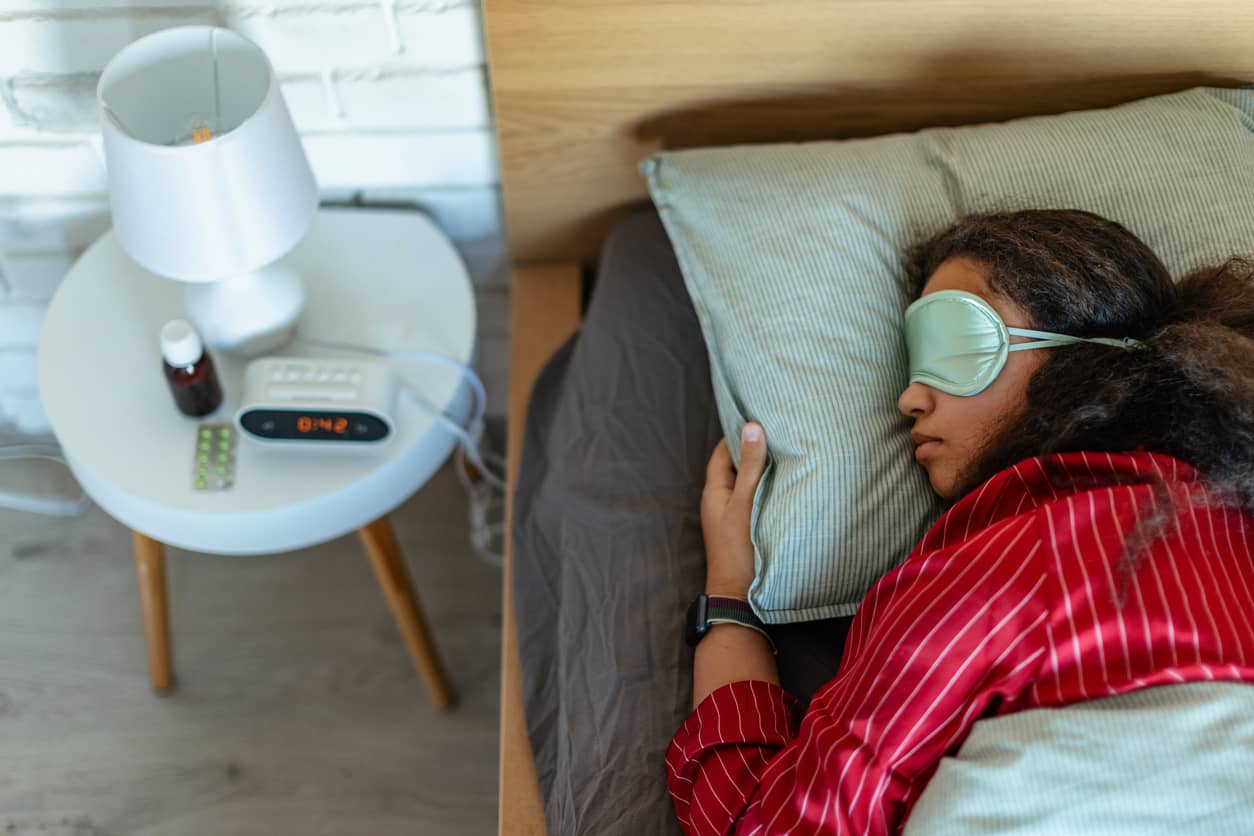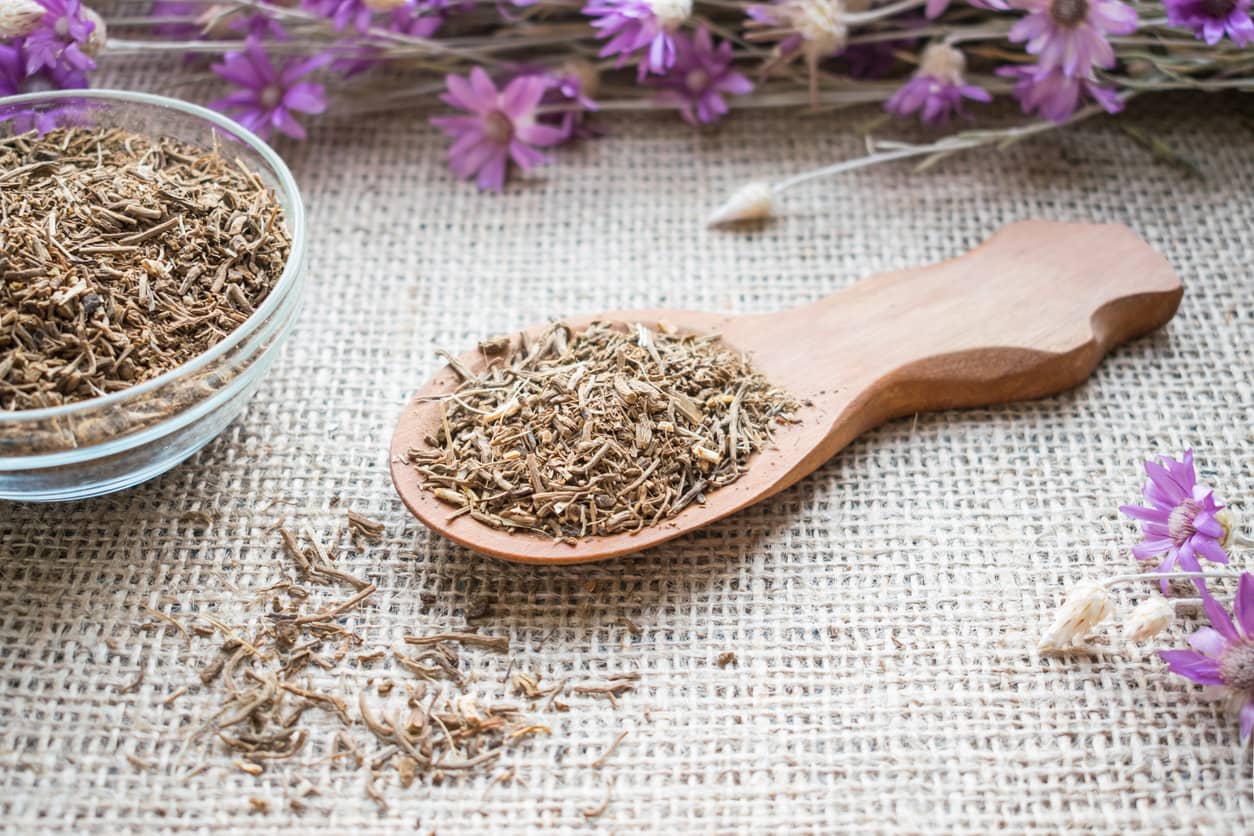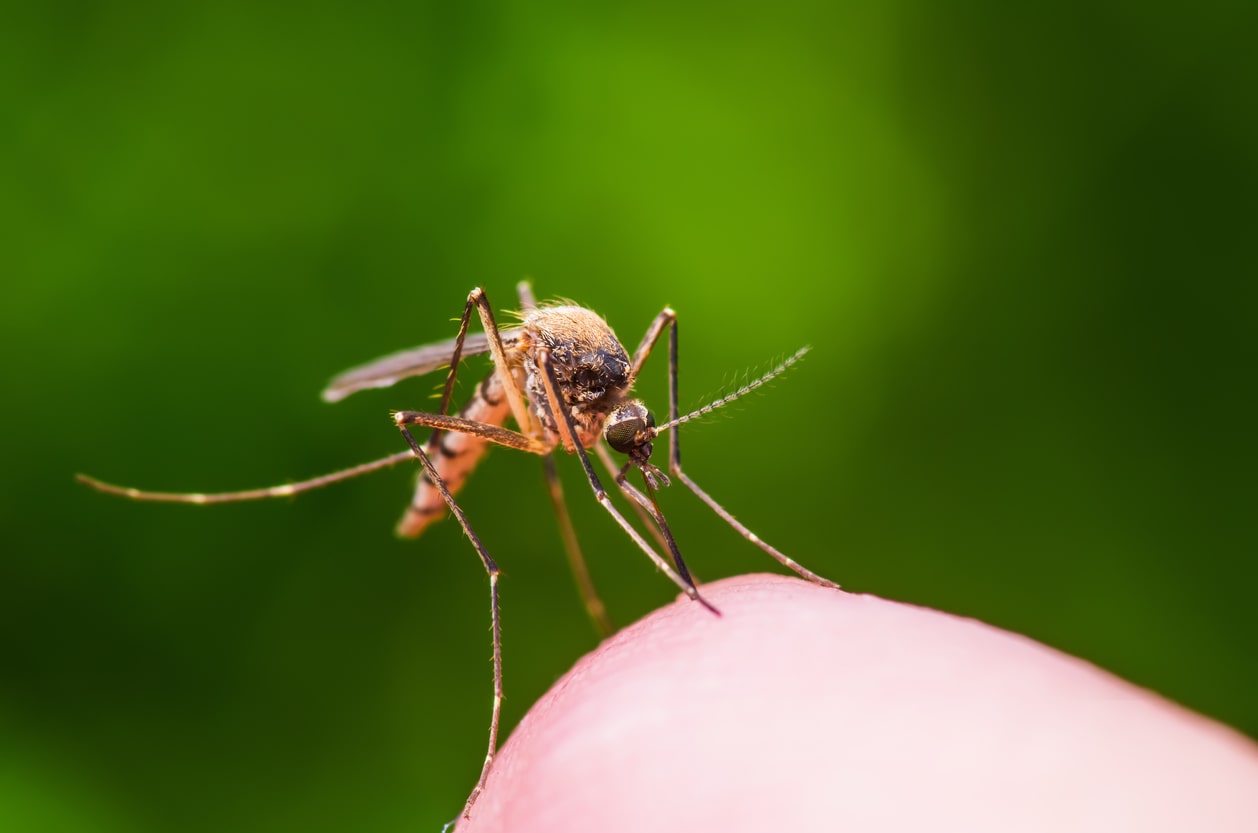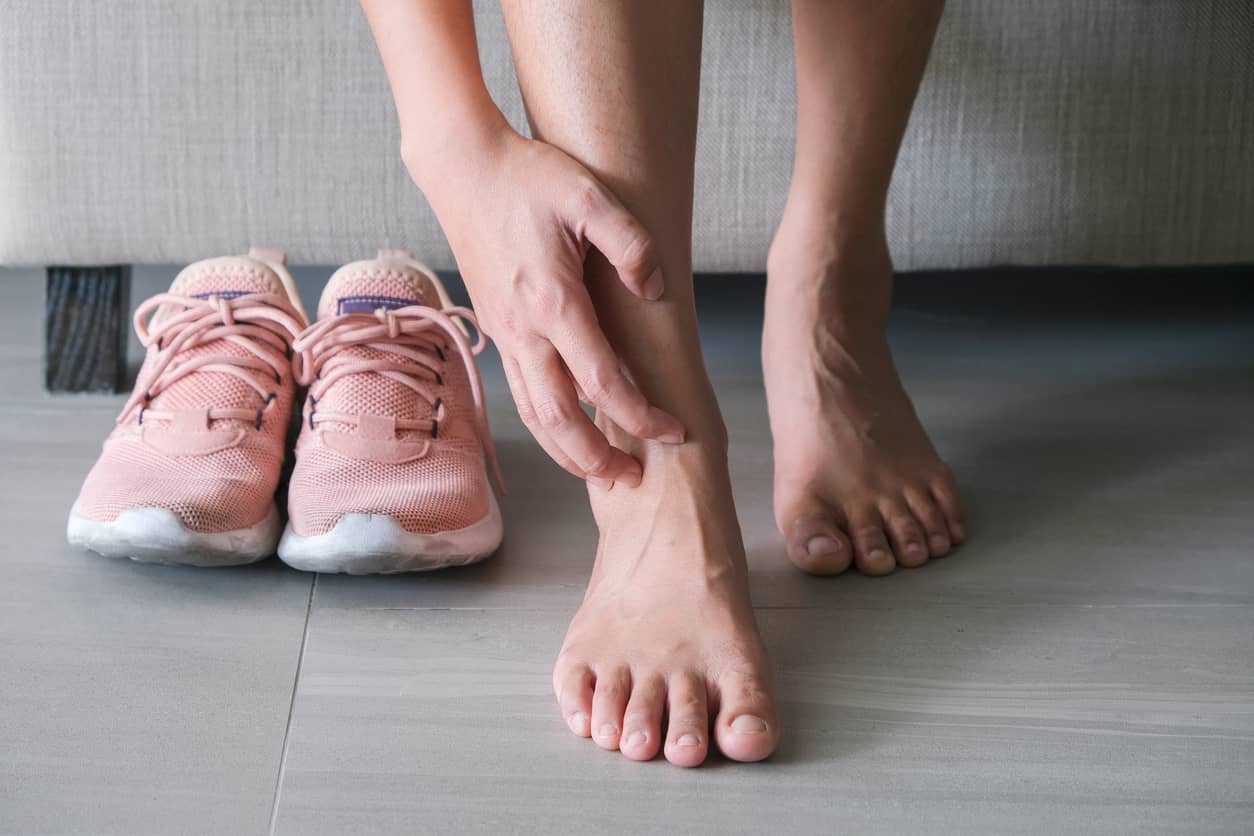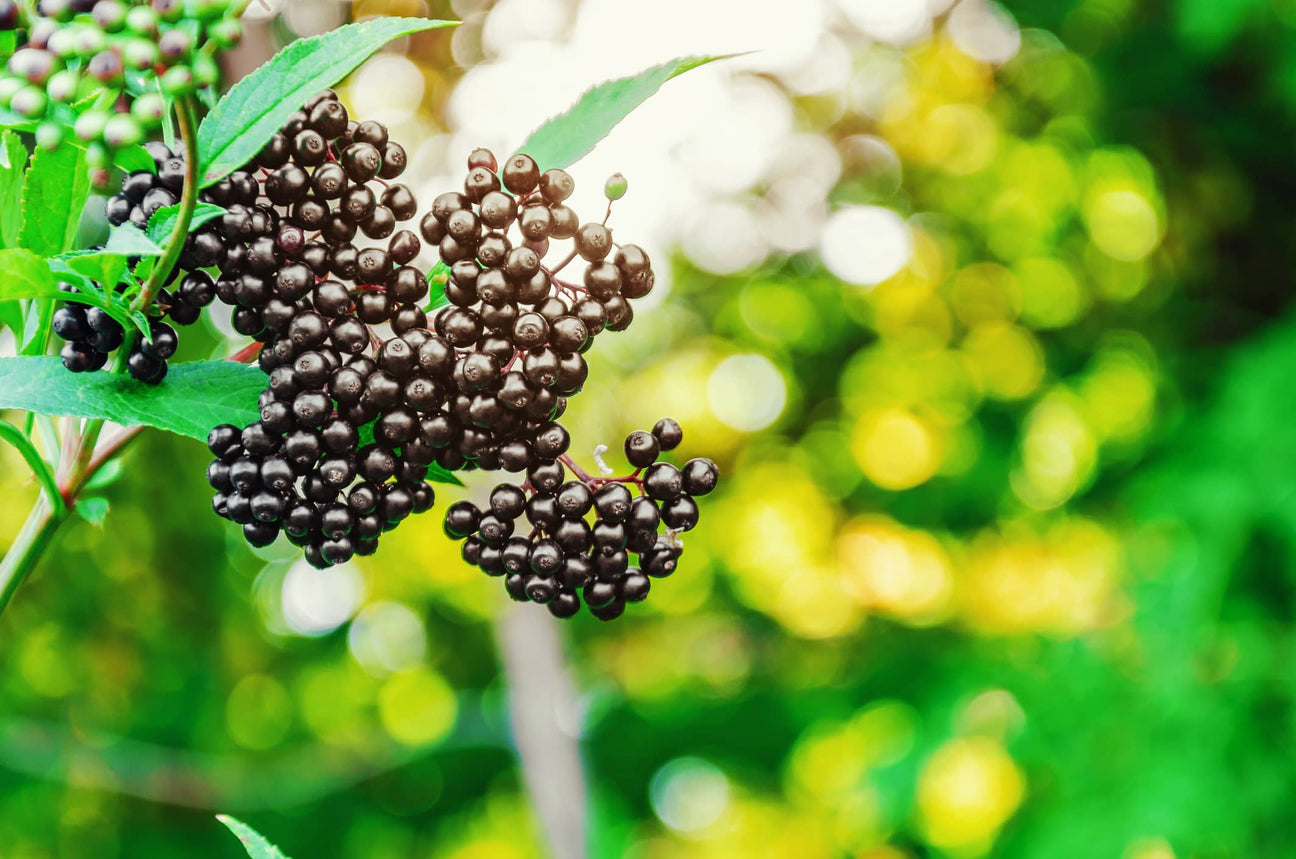What Is National Migraine Awareness Month?

Key Takeaways: National Migraine Awareness Month & You
-
Migraines are more than a headache. They’re a neurological condition that deserves understanding and proper care.
-
Hydration, routine meals, and screen breaks can help. Simple daily habits go a long way in reducing the frequency or intensity of migraines.
-
Relief looks different for everyone. From essential oils to doctor-prescribed medications, find what works for your body.
-
Awareness creates space for support. Use this month to speak up, share resources, or check in with someone who struggles with migraines.
-
A little planning goes a long way. Whether it’s keeping a migraine journal or building a rest-friendly space at home, small steps can lead to more good days.
Migraine Awareness Month: What It Is and How You Can Feel More in Control
June is National Migraine Awareness Month—a time to recognize the millions of people navigating life with migraines, often silently. If you've ever found yourself canceling plans because of sudden light sensitivity or battling through work with a pounding head, you're not alone. Migraines are more than a headache—they’re a signal from your body that it needs help, and now’s the perfect time to tune in.
Here’s what you should know about migraines, why this month matters, and how small changes (and a little self-advocacy) can make a big difference.
More Than a Headache: Why Migraine Awareness Matters
Migraines aren’t just a nuisance—they’re a neurological condition that affects over 39 million Americans. The symptoms can show up differently for everyone: maybe you get aura (those flashing lights or blurry vision), maybe it’s nausea, or maybe the pain comes on one side of your head and feels like a drumbeat.
Despite how common migraines are, they’re often misunderstood. That’s part of what National Migraine Awareness Month aims to fix. Awareness leads to understanding, and understanding leads to better support—not just from doctors, but from workplaces, schools, and even your own social circle.
Everyday Habits That Can Actually Make a Difference
If you’re someone who deals with migraines regularly, you’ve probably heard a long list of do’s and don’ts. But sometimes, it’s the simple, consistent habits that have the most impact. Here are a few that are easy to work into your routine:
Stay hydrated: Dehydration is a sneaky trigger. Keep a reusable water bottle nearby and sip throughout the day—even if you don’t feel thirsty.
Eat on a schedule: Skipping meals or eating too late can cause blood sugar dips, which may spark a migraine. Keeping meals regular helps maintain balance.
Limit screen time: Bright screens and constant scrolling can strain your eyes and activate a migraine. Try using blue-light filters or taking tech breaks throughout the day.
Create a dark, quiet space: Whether it’s a blackout-curtained bedroom or a pair of noise-canceling headphones, having a go-to retreat can help when a migraine hits.
When Relief Is the Goal, Options Matter
There’s no one-size-fits-all approach to migraine relief—but knowing your options can help you get closer to a plan that actually works. Some people find success with prescribed medications, while others manage their symptoms through natural remedies, lifestyle changes, or a mix of both.
Some people find that cooling sensations, like those from menthol or peppermint oil, can offer a soothing sensation when applied to the temples or neck. Others swear by magnesium supplements or caffeine (in the right dose and timing) to provide support. Still others use wearable devices that gently stimulate nerves to help reduce pain signals.
The key is to listen to your body—and keep track of what helps or doesn’t. A simple migraine diary can go a long way in spotting patterns and finding relief faster.
How You Can Support the Movement
Even if you don’t personally deal with migraines, chances are someone in your life does. Being part of National Migraine Awareness Month doesn’t require a big platform or medical degree—just a little empathy and action.
You can:
-
Wear purple, the official migraine awareness color.
-
Share a migraine-friendly recipe or product recommendation.
-
Start a conversation about workplace accommodations or flexible scheduling.
-
Support organizations like the American Migraine Foundation that fund research and resources.
Migraine warriors deserve to be seen, heard, and supported—and this month is a great time to start.
Making Space for Healing, All Year Long
National Migraine Awareness Month might only happen once a year, but taking care of your brain and body is a year-round effort. Whether you’re experimenting with new treatments, seeking out better rest, or just trying to stay hydrated on a busy day, every small step matters.
Remember, migraines don’t define you—but the way you respond to them can shape your journey forward. Here’s to less pain, more clarity, and more support—this month and beyond.
Share
Your share can inspire countless others.





















